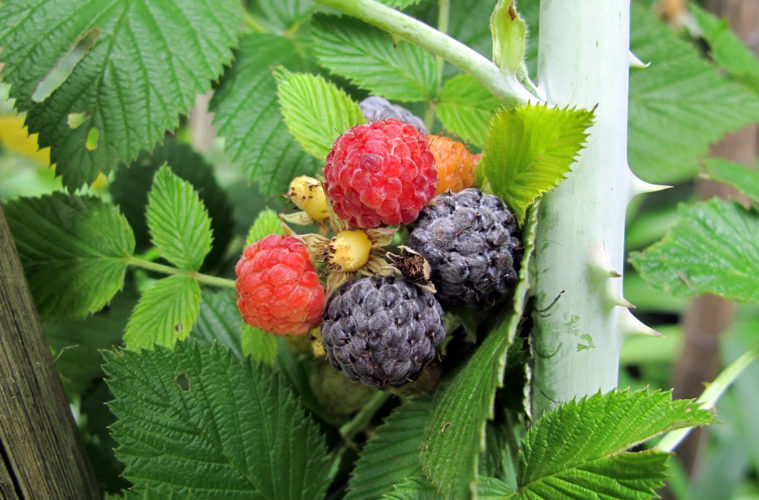Create a delicious berry corner, in even a small garden. Here’s how to grow blackberries and raspberries
Home-grown blackberries and raspberries are much sweeter than store-bought ones as you can harvest them when they’re fully sun ripened without worrying about damaging them on the way to market.
Planting pointers
These sprawling bushes prefer full sun. They’ll still produce fruit if planted in semi-shady areas, although not as prolifically. They like well-drained soil and don’t do well with cold wet feet. They prefer acidic soil (pH5,6–6,2).
Growing tips
On some varieties, berries are produced on the first year’s growth. On others, leafy canes grow up to 5m long during the first year, but it’s only in the second year that the fruit-bearing side branches start to develop. The berries will begin to form in early summer and are ready to eat when they can be easily pulled from the bush. After fruiting, the canes will die back.
Read more: Growing Cape gooseberries
Raspberries and blackberries can spread vigorously as the canes root themselves whenever they touch the ground. To control them, plant them in a narrow bed and use poles and wire or string to create a fence around it. The poles can be positioned at an angle to form a triangle or vertically to create a rectangle. Whenever a cane starts growing out of the fenced area, wind it back inside. Be careful; the canes are covered in little prickles that can hook you unmercifully.
Once the growing area is full, remove any new growth that emerges outside of it. Keep the new growth thinned out to about 15 canes per square metre. In late winter or early spring, cut the canes back to encourage new growth in spring.
In the kitchen
Both raspberries and blackberries can be eaten raw or made into jellies, syrups and jams. They’re an excellent fruit to bake in a pie or to flavour vinegar with. The leaves are high in vitamin C and can be made into a delicious iced tea.

